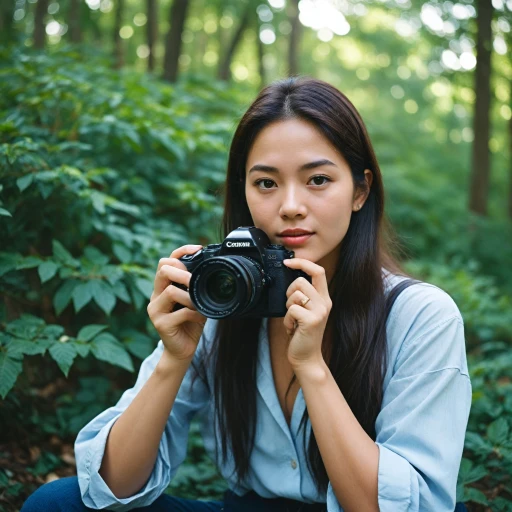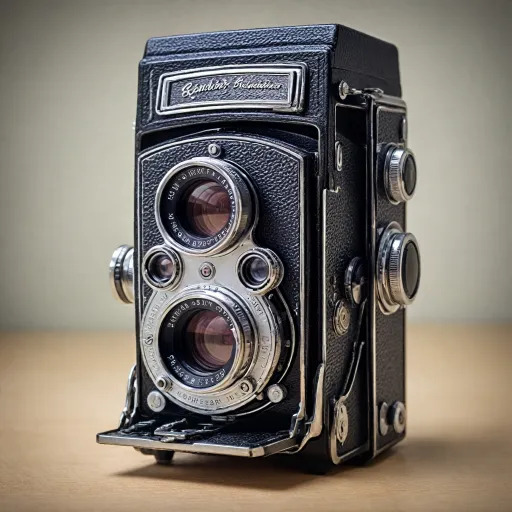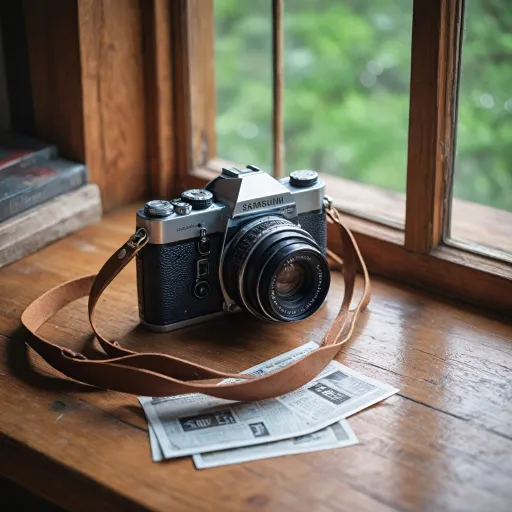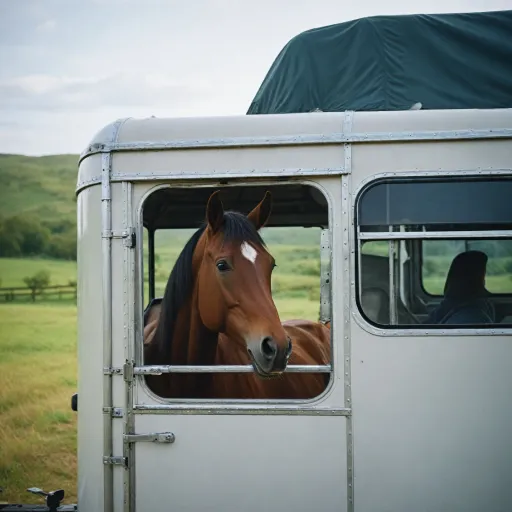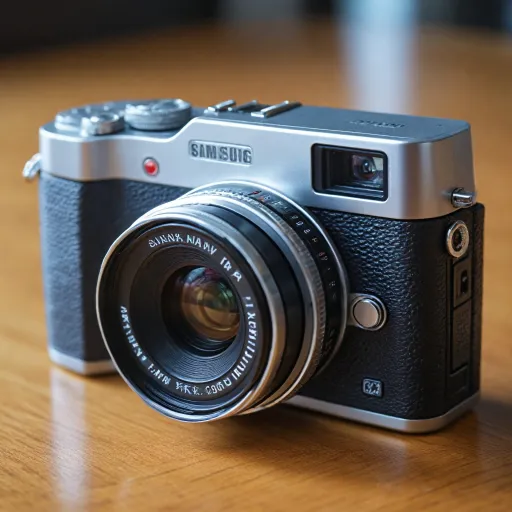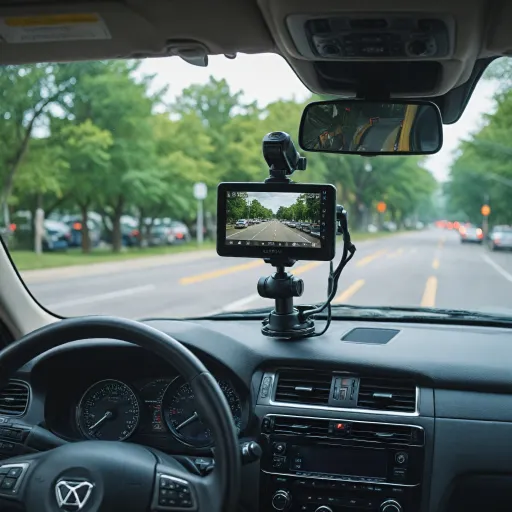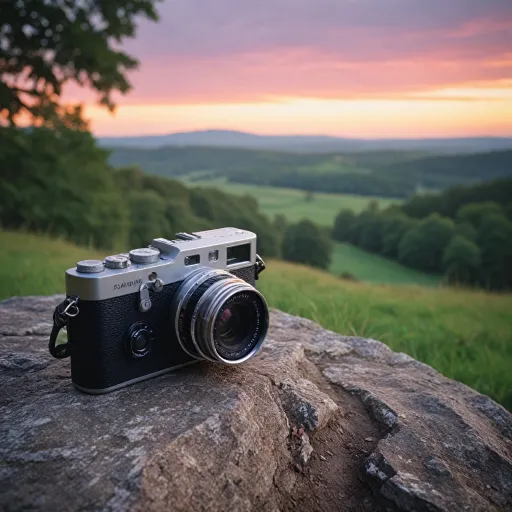
Understanding the legacy of the Minolta XD11
How a Classic SLR Changed the Game
The Minolta XD11 holds a special place in the world of film cameras, especially among those who appreciate the blend of mechanical precision and creative control. Released in the late 1970s, this camera marked a turning point for Minolta and the broader SLR camera market. It was the first SLR to offer both aperture priority and shutter priority modes, giving photographers flexibility that was rare at the time. This innovation allowed users to choose between controlling the aperture for depth of field or the shutter speed for motion, or to switch to full manual mode for complete creative freedom.
What set the Minolta XD11 apart was not just its technical features, but also its robust build and thoughtful design. The camera body, available in both chrome and the sought-after Minolta black finish, felt solid in hand and was engineered for reliability. The XD11’s compatibility with the renowned Rokkor lens lineup meant that owners could access some of the best optics available for 35mm film SLRs. The camera’s metering system, exposure compensation dial, and final check function for metering accuracy all contributed to its reputation as a photographer’s tool rather than just a consumer product.
For many, the XD11 represents the pinnacle of Minolta’s film SLR engineering before the digital era and the eventual transition to Konica Minolta. Its legacy is evident in the way it influenced later cameras, both in terms of user interface and the integration of multiple exposure modes. The camera’s enduring popularity is a testament to its reliability and the quality of images it produces, especially when paired with a sharp Rokkor lens and quality film stock.
Those interested in exploring how the Minolta XD11 compares to other classic film cameras, particularly in the medium format category, may find this in-depth look at the Mamiya 645 Pro TL insightful. It highlights the unique characteristics that set different film cameras apart and helps put the XD11’s legacy into perspective.
Key features that set the Minolta XD11 apart
Innovative Exposure Modes and Controls
The Minolta XD11 stands out among film cameras for its advanced exposure modes, which were groundbreaking at the time of its release. This SLR camera was one of the first to offer both aperture priority and shutter priority modes, giving photographers flexibility to choose how they wanted to control exposure. Whether you prefer to set the aperture and let the camera select the shutter speed, or vice versa, the XD11 makes it easy to adapt to different shooting situations. For those who want full creative control, manual mode is also available, allowing precise adjustments to both aperture and shutter speed.
Precision Metering and Exposure Compensation
Accurate metering is essential for any film camera, and the Minolta XD11 delivers with its reliable metering system. The camera’s exposure compensation dial lets users fine-tune their exposures, which is especially useful when shooting in challenging lighting conditions. This feature is appreciated by enthusiasts who want to ensure their images are correctly exposed, whether using a Rokkor lens or another compatible lens. The metering system, combined with the camera’s intuitive controls, makes it one of the best Minolta SLR models for both beginners and experienced photographers.
Build Quality and Ergonomics
The XD11’s body is robust yet comfortable to hold, with a classic design that appeals to those who appreciate vintage aesthetics. The Minolta black finish is particularly sought after by collectors. The camera’s manual focus system is smooth and precise, making it easy to achieve sharp images even with older Rokkor lenses. The overall handling of the XD11 is often cited as a reason why many still consider it among the best SLR film cameras ever made.
Lens Compatibility and System Flexibility
One of the key strengths of the Minolta XD11 is its compatibility with a wide range of Minolta and Rokkor lenses. This flexibility allows users to experiment with different focal lengths and styles, from wide-angle to telephoto, enhancing the creative potential of the camera. The lens mount system is reliable and secure, supporting both legacy and modern lenses from the Minolta and Konica Minolta lineup.
Why Enthusiasts Still Choose the XD11
For those seeking a film SLR that balances advanced features with classic manual controls, the Minolta XD11 remains a top choice. Its combination of exposure modes, metering accuracy, and robust build quality set it apart from many other cameras of its era. If you’re interested in exploring more options for film photography, check out this guide on finding the perfect 35mm film camera for your needs.
User experience and handling
Everyday Use and Feel in Hand
The Minolta XD11 stands out among film cameras for its comfortable handling and intuitive controls. The camera body feels solid yet not overly heavy, making it suitable for long shooting sessions. Many users appreciate the tactile feedback of the shutter and aperture dials, which allow for quick adjustments without taking your eye off the viewfinder. The classic black finish of the Minolta XD11 adds to its timeless appeal, and the ergonomic grip ensures a secure hold, even when paired with larger Rokkor lenses.
Switching Between Modes
One of the best aspects of the Minolta XD11 is its seamless transition between manual mode, aperture priority, and shutter priority. This flexibility lets photographers adapt quickly to changing lighting conditions or creative needs. The camera’s metering system is reliable, providing accurate exposure readings whether you’re shooting in manual or one of the priority modes. Exposure compensation is straightforward, giving users more control over their final image. The Minolta XD11’s manual focus mechanism is smooth, making it easy to achieve sharp results with any compatible lens.
Lens Compatibility and Image Quality
Pairing the XD11 with a Rokkor lens unlocks the full potential of this SLR camera. The lens mount supports a wide range of Minolta lenses, from fast primes to versatile zooms. The combination of precise shutter speed control and quality optics delivers crisp, vibrant images on film. Many photographers find that the Minolta XD11, when used with the right lens, rivals the output of more modern SLR film cameras.
Practical Considerations for Enthusiasts
- The viewfinder is bright and clear, making manual focus easier, especially in low light.
- The film advance lever is smooth, and the frame counter is easy to read.
- Changing film is straightforward, thanks to the well-designed back and loading mechanism.
- For those who enjoy customizing their setup, the Minolta XD11 offers compatibility with a range of accessories, including motor drives and flashes.
Modern Relevance and Adaptation
While digital cameras dominate today’s market, many photographers still enjoy the tactile experience and creative control offered by classic SLR film cameras like the Minolta XD11. For those transitioning from digital, adapting to manual focus and film loading can be a rewarding challenge. If you’re interested in mounting your camera securely for vehicle-based shooting, check out this guide on choosing the right dashboard camera mount for practical tips.
Comparing the Minolta XD11 to modern digital cameras
How the Minolta XD11 Stands Against Today’s Digital Cameras
Comparing the Minolta XD11 to modern digital cameras is a fascinating exercise for anyone interested in the evolution of photography. The XD11, a classic film SLR, offers a tactile and mechanical experience that’s quite different from the digital world. Here’s how these two generations of cameras stack up in key areas:
- Exposure Control: The XD11 was among the first cameras to offer both aperture priority and shutter priority modes, giving users flexibility in creative control. Modern digital cameras have expanded on this with advanced auto modes, but the XD11’s manual mode and exposure compensation dial still appeal to those who want to learn the fundamentals of exposure.
- Build and Feel: The XD11’s metal body, especially in the classic black finish, feels solid and purposeful. Many digital cameras today use lighter materials, which can be practical but sometimes lack the robust feel of a vintage Minolta SLR.
- Lens Compatibility: The XD11 uses the Minolta SR mount, making it compatible with a wide range of Rokkor lenses. While digital cameras often offer more lens options, the tactile manual focus and aperture rings on Rokkor lenses provide a unique shooting experience that’s hard to replicate.
- Image Quality: Film cameras like the XD11 deliver a distinct look, with grain and color rendition that many digital simulations try to mimic. Digital sensors offer convenience and instant feedback, but some photographers still prefer the organic results of film, especially when paired with a quality Minolta film and a Rokkor lens.
- Metering and Automation: The XD11’s metering system, including its final check metering, was advanced for its time. Modern digital cameras have more sophisticated metering and autofocus systems, but the XD11’s approach encourages users to understand light and exposure more deeply.
While digital SLR cameras and mirrorless models offer speed, convenience, and connectivity, the Minolta XD11 remains a favorite for those who value manual focus, hands-on controls, and the unique character of film photography. For many, owning and using a Minolta film SLR is about more than just taking pictures—it’s about engaging with the process, learning the craft, and enjoying the timeless design of a classic camera.
Common challenges and solutions for Minolta XD11 owners
Addressing Common Issues with the Minolta XD11
Even though the Minolta XD11 is considered one of the best SLR film cameras ever made, owners often encounter a few recurring challenges. Understanding these can help you keep your camera in top condition and enjoy its unique features, such as manual focus, shutter priority, and aperture priority modes.
- Shutter Malfunctions: Over time, the XD11’s electronic shutter can become unreliable, especially if the camera has not been serviced. Symptoms include inconsistent shutter speeds or the shutter not firing at all. Regular maintenance and professional cleaning are recommended. If the shutter speed seems off, using the manual mode can sometimes bypass minor electronic glitches.
- Sticky Aperture Blades: The Rokkor lens series, often paired with the Minolta XD11, may develop sticky aperture blades due to oil buildup. This affects exposure and image quality. A professional lens cleaning is the best solution, as DIY attempts can damage the lens.
- Light Metering Issues: The camera’s metering system, which supports both aperture priority and shutter priority, can become inaccurate if the internal battery is weak or corroded. Always check the battery compartment for corrosion and replace batteries with fresh ones. If metering remains inconsistent, exposure compensation can help fine-tune your shots.
- Film Advance Problems: Like many vintage film cameras, the XD11’s film advance lever may jam or feel rough. This is often due to dried lubrication inside the camera body. A qualified technician can re-lubricate the mechanism, restoring smooth operation.
- Viewfinder Dust and Debris: Over decades of use, dust can accumulate inside the viewfinder, making manual focus more challenging. While this doesn’t affect image quality, a professional cleaning can improve the user experience.
Practical Solutions and Preventive Care
To get the most from your Minolta XD11, regular servicing is key. Here are some practical tips:
- Store your camera and lenses in a dry, dust-free environment to prevent fungus and corrosion.
- Exercise the shutter and aperture mechanisms periodically, even if you’re not shooting film regularly.
- Use the final check feature before shooting to confirm that all settings are correct, especially when switching between manual and priority modes.
- When buying a used Minolta XD11, inspect the body for wear, test all modes (manual, shutter priority, aperture priority), and check the Rokkor lens for smooth aperture movement.
By addressing these common issues and following preventive care tips, you can ensure your Minolta film camera remains a reliable companion for years to come. Whether you’re a seasoned collector or new to SLR film cameras, understanding these challenges will help you make the most of your Minolta camera experience.
Tips for finding and buying a Minolta XD11 today
Where to Start Your Search
Finding a Minolta XD11 in good condition takes patience and a bit of research. Start by checking reputable camera shops that specialize in vintage film cameras. Many of these shops offer detailed descriptions and final check reports on the camera body, shutter, and metering systems. Online marketplaces can also be a good source, but always ask for clear photos of the camera, lens mount, and any included Rokkor lens. Look for listings that mention recent servicing or repairs, especially for the shutter and manual focus mechanisms.
What to Look For in a Minolta XD11
- Shutter and Metering: Test the shutter speeds and metering accuracy in all modes, including manual mode, shutter priority, and aperture priority. The XD11 is known for its reliable exposure compensation and priority mode options, but age can affect electronics.
- Body Condition: Inspect for dents, corrosion, or excessive wear, especially on the Minolta black finish. Check the film door seals and ensure the film advance is smooth.
- Lens Compatibility: The XD11 pairs best with Minolta Rokkor lenses. Confirm that the lens mount is undamaged and that the aperture ring moves freely.
- Accessories: Original manuals, lens caps, and cases add value. A working light meter and clean viewfinder are also important for the best shooting experience.
Tips for a Successful Purchase
- Ask the seller for a demonstration of the camera in all modes, including manual and shutter priority.
- Request sample images taken with the camera and lens, if possible, to verify image quality and exposure accuracy.
- Be cautious of cameras sold "as is" or "for parts" unless you are comfortable with repairs.
- Consider the cost of servicing. Even the best Minolta film cameras may need a professional CLA (clean, lubricate, adjust) to ensure reliable performance.
Trusted Places to Buy
- Specialist film camera retailers and repair shops
- Online platforms with buyer protection, such as auction sites or dedicated camera forums
- Local camera fairs and enthusiast meetups, where you can inspect the camera in person
Owning a Minolta XD11, especially a well-maintained black body with a Rokkor lens, is rewarding for any SLR film enthusiast. Take your time, do your research, and enjoy the process of finding a classic Minolta camera that fits your needs.

